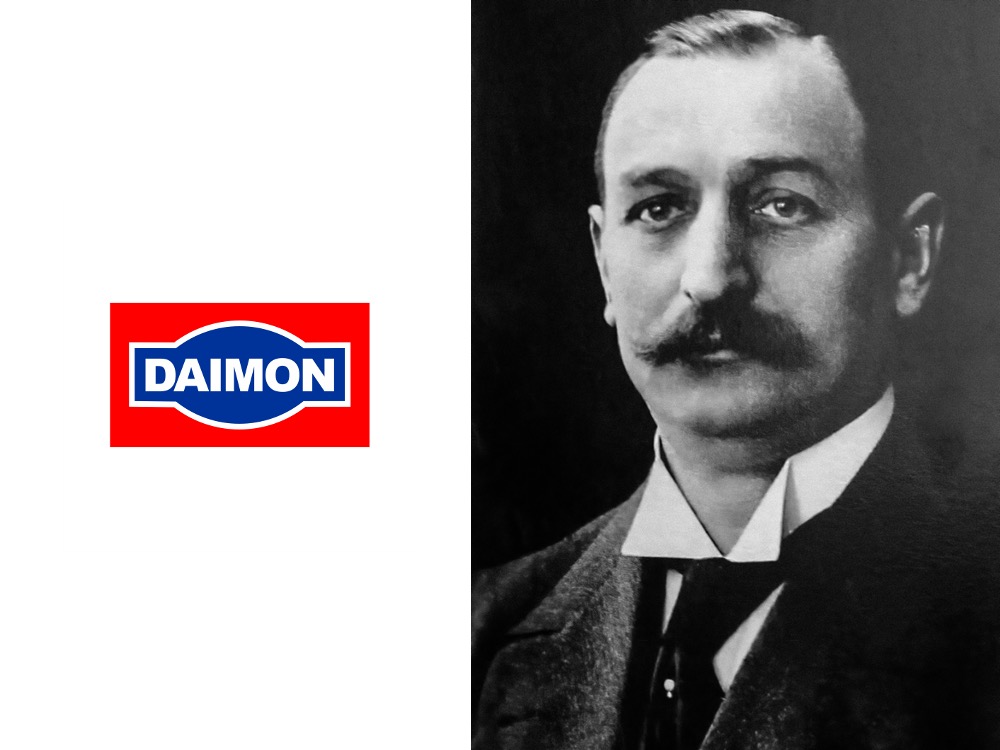Light on - light off.

Paul Schmidt's invention has been shining for almost 120 years. With his batteries for flashlights and bicycle lights, the Berlin entrepreneur made energy mobile and light transportable. From a tinkerer who was once at the top and at the bottom again.
Paul Schmidt had the brilliant idea on a cosy Sunday morning, at home in the kitchen of all places. His wife Henriette Auguste Franziska Laura was pouring milk onto flour. Immediately the liquid is absorbed, a solid mass is formed. Paul sees this, storms out of the kitchen and runs to his "Elektrotechnische Anstalt von Paul Schmidt".
For some time now, the 28-year-old Berliner-by-choice has been looking for a way to make light transportable. But nothing really works, back in 1896. Could it be that a simple cake recipe is the solution?
It works. Flour turns battery acid into a solid state because it binds electrolytes. That same year, Schmidt registers the "galvanic dry element with liquid reservoir" with the German Reich Patent Office.
His batteries can be taken along, are leak-proof, unlike the existing wet batteries. Henriette believes in him and the invention. It helps that she already had her own sewing shop in her parents' house and is economically independent of her husband. So in 1901, the financing of the "Elektrotechnische Fabrik Schmidt & Co" at Chausseestraße 82 in Berlin comes from within the family. In 1904, Schmidt had the trademark DAIMON protected under trademark law. The name Daimon translated from the Greek means "the divine".
Schmidt's research drive is immense. His greatest coup was the 4.5-volt flashlight battery. The flat battery consists of three 1.5-volt cells arranged side by side, small enough to fit in a flashlight. From 1902, Schmidt also produces light bulbs, in 1903 batteries and battery cases of all kinds are added, and from 1906 the electric flashlight in series production, boat lamps, bicycle lamps, dynamos, headlights. In 1910, the family moves with daughter Erna and sons Alfred and Erich to Hohenschönhausen Palace in Berlin. The future lies well lit before the entrepreneurial family.
Schmidt expands, building new branch plants in Bodenbach on the Elbe, Cologne, Gdansk and other cities. Demand continues to rise. In the coming years, up to 60000 normal batteries are produced per year. In the 1920s, Daimon flashlights and batteries are available in over 50 countries. Schmidt now employs 4500 people in Berlin alone. Everything is going perfectly until Schmidt reshuffles the cards in 1924 and focuses on radios and radio parts. The research and production costs are exorbitant. But then the expensive devices don't sell.
Three years later - in 1927 - the company needs an external financial injection. The British Eveready Export Company (Berec) stepped in with one million Reichsmarks. In return, Eveready received two-thirds of the company, while Schmidt kept one-third - for the time being. Since the radio division continues to make losses and has to be discontinued, Schmidt sells his remaining shares and the castle. The entrepreneur retires and moves in with Henriette to live with his son-in-law - he is already 70 by then. Son Alfred takes over responsibility for the Cologne plant for a short time, son Erich becomes managing director of the Berlin parent plants. By May 1940, Schmidt-Werke had produced 6,616,000 flashlight batteries. The export quota is around 50 percent. From 1950, the company, which was now flourishing again, traded under the name Daimon Werke GmbH. But the Schmidt family of entrepreneurs has nothing left of it. In the early 1980s, Berec and Daimon were taken over by the British conglomerate Hanson Trust and later sold to Duracell. Finally, Duracell's parent company Gillette was taken over by Procter & Gamble in 2005.
When Paul Schmidt dies in his son-in-law's house on August 4, 1948, hardly anyone knows that he invented the flashlight. It was not until almost 50 years later that a small association took up the cause of putting Paul Schmidt back in the spotlight he deserved as an important German inventor. Since 2016, his achievements have been honored in the DAIMON Museum in his former home - in Schloss Hohenschönhausen. ®
Author: Jennifer Bligh